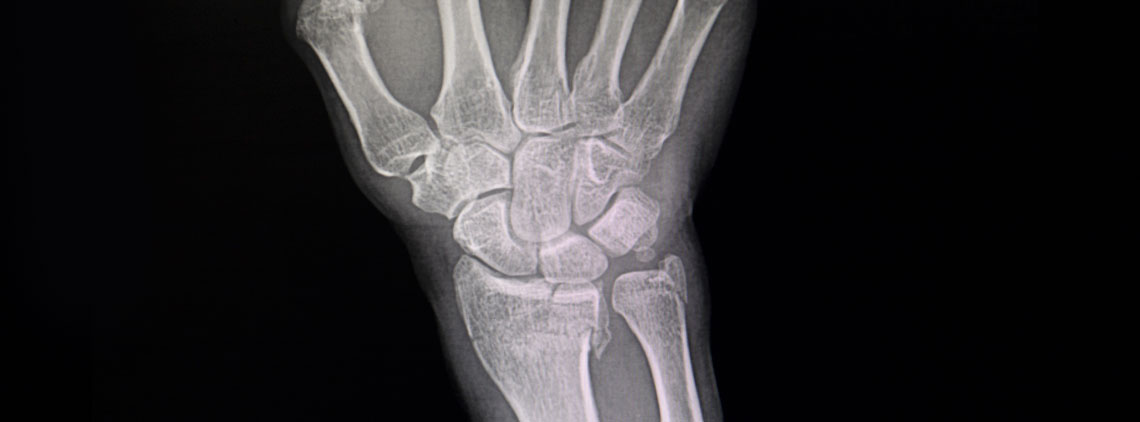
Wrist Fracture Surgery
Overview
You may have recently experienced an injury from playing a sport or in an accident. Now you are experiencing pain and issues with your range of motion. You might also notice your wrist in an odd position. Orlando Hand Surgery Associates can help relieve your pain by repairing the bone with our wrist fracture surgery.
How to Prepare for Surgery
You won’t be able to eat the day you have surgery. You should be able to continue drinking water as normal. Just avoid drinking other beverages, like soda, juice, or milk. We may also ask that you quit taking certain medications like aspirin or anti-inflammatory drugs a few days before surgery. Make sure we know what medications you take regularly. Plan to wear loose-fitting clothes that are easy to change into after surgery.
Procedure
There are three types of surgeries used to fix a wrist fracture. These surgeries are called internal fixation, percutaneous fixation, and external fixation:
- Internal Fixation. This surgery type typically requires a small incision and we will stabilize your fractured bone using a plate and screws. You won’t need to remove the plate and screws after you have healed, however, if you prefer to have them removed, you can opt for additional surgery to have them removed.
- Percutaneous Fixation. The second type of surgery is used when your wrist requires one or two pins to be stabilized for healing. This surgery is performed under general anesthesia in the operating room. When you wake up from this particular surgery you will have a cast on your wrist. Once the healing is complete, the cast and pins will be removed.
- External Fixation. The last type of surgery involves the use of a plate on the outside of your skin to hold your bones in place. This method uses pins that help with healing and stability.
Recovery
After you wake up from any of these surgeries you will have a splint or cast on your wrist to minimize movement and aid in stabilization. You will need to wear this for around six weeks while your body heals. Exercises aid in regaining your strength and flexibility in your wrist. You can expect a full recovery in three to six months.
Efficacy
Your surgeon repairs your bone using medical devices such as pins, plates, or screws.
Complications
Possible complications include infection, blood loss, and nerve damage as with any surgery.
Outlook
Surgery and physical therapy normally fix the broken bone and restore your functional wrist.

